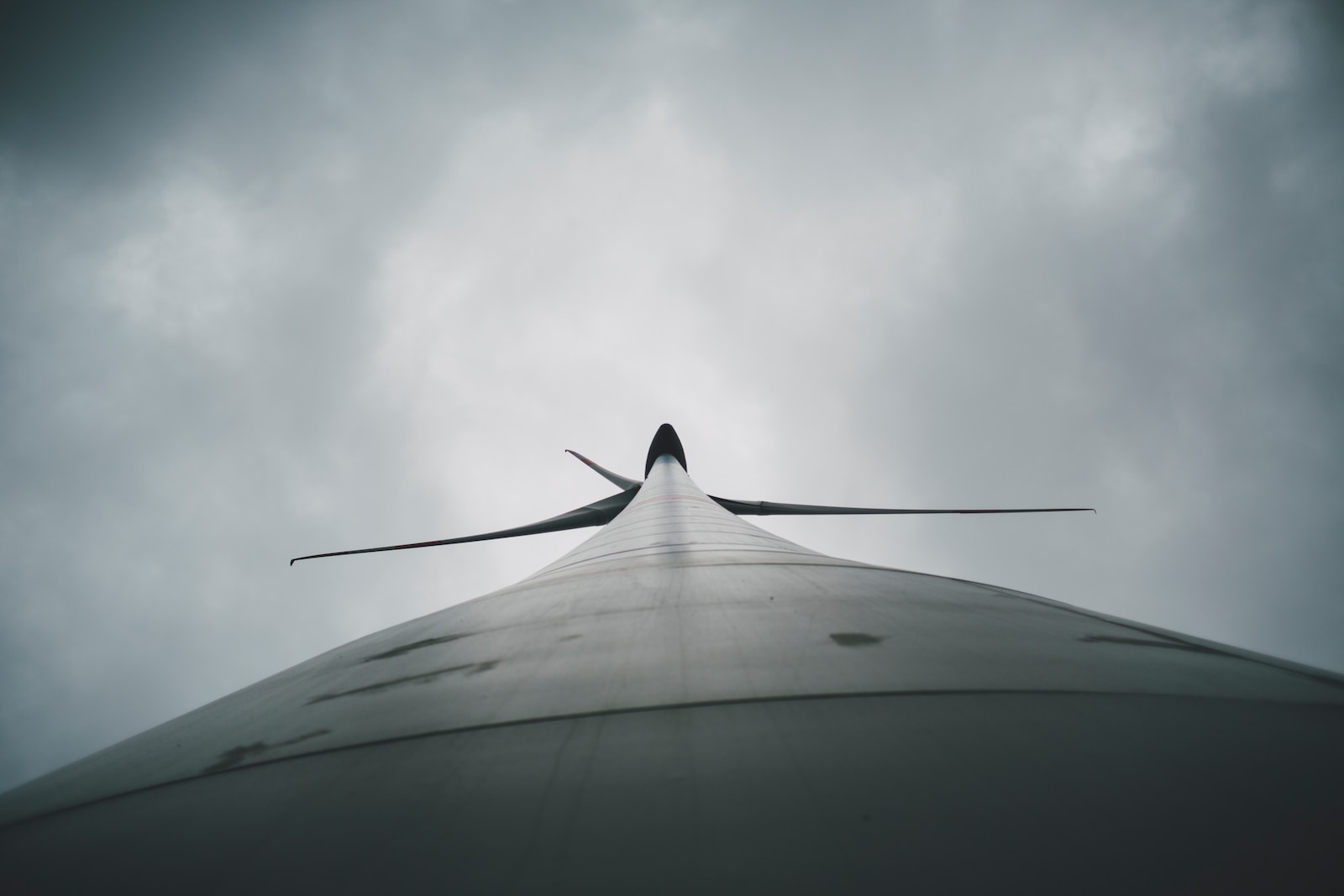Key Takeaway:
The blade size of a wind turbine plays a crucial role in its performance and efficiency. Factors such as wind speed, site conditions, and desired power output influence the optimal blade size. Larger blades are becoming more common due to their ability to capture more wind and increase energy production. However, challenges related to transportation, installation, and structural integrity need to be considered. Ongoing research and advancements in wind turbine blade design hold promise for the future.
A wind turbine consists of several key elements, including the blade, tower, nacelle, and generator. The blade, in particular, is responsible for capturing the kinetic energy of the wind and converting it into rotational motion.
Blade Size
The size of the wind turbine blade is a crucial factor in determining its performance and efficiency. The larger the blade, the more wind it can capture and convert into energy. This directly impacts the power output of the turbine. In simple terms, bigger blades mean more power generation.
Factors Influencing Blade Size
Determining the optimal blade size for a wind turbine involves considering various factors. Wind speed is one of the most significant influencers. Different wind speeds require different blade sizes to efficiently capture the available wind energy. Additionally, site conditions, such as terrain and nearby obstacles, can affect the choice of blade size.
Another important consideration is the desired power output of the wind turbine. Higher power output often requires larger blades to capture more wind and generate more energy. However, there is a trade-off between blade size and the structural integrity of the turbine. Balancing these factors is essential to achieve optimal performance.
Types of Wind Turbine Blades
Wind turbine blades come in various shapes and designs, and each has its advantages and disadvantages. Flat blades are simple and cost-effective, but they may not perform as efficiently as curved or twisted blades. Curved blades, also known as airfoil blades, are designed to create lift, similar to an airplane wing. This allows for increased wind capture and power generation. Twisted blades, on the other hand, help to reduce turbulence and noise.
Blade Size Trends
In recent years, there has been a trend towards larger wind turbine blades. This shift is driven by the desire to increase energy production and improve overall efficiency. Larger blades can capture more wind, especially in regions with low to moderate wind speeds. They also allow for better utilization of available wind resources, making wind energy a more viable option in a wider range of locations.
Challenges and Considerations
While larger blades offer several advantages, they also present certain challenges. One major concern is transportation and installation. As blade size increases, it becomes more difficult to transport them to wind farm sites. Specialized equipment and careful planning are required to ensure safe delivery and installation.
Structural integrity is another consideration. As blades grow in size, they need to withstand greater forces exerted by the wind. Designing and manufacturing blades that can handle these forces without compromising safety and reliability is a significant engineering challenge.
Noise generation is yet another issue associated with larger blades. As they rotate, the blades create aerodynamic noise, which can be a concern for nearby communities. Mitigating this noise through careful blade design and placement is essential to maintain positive relationships with local residents.
Future Prospects
The field of wind turbine blade design is continually evolving, with ongoing research and advancements. Researchers are exploring new materials, such as carbon fiber composites, to make blades lighter and more durable. Additionally, innovative designs and aerodynamic improvements are being investigated to maximize energy capture and minimize noise.
The future holds promise for further advancements in wind turbine blade design. As technology progresses, we can expect more efficient and cost-effective solutions that address the challenges associated with larger blades. These advancements will contribute to the continued growth of wind energy as a viable and sustainable source of power.
Conclusion
The blade size of a wind turbine is a critical factor in its performance and efficiency. Wind speed, site conditions, and desired power output all influence the choice of blade size. While larger blades offer increased energy production, challenges such as transportation, structural integrity, and noise generation need to be addressed.
As we continue to invest in renewable energy, advancements in wind turbine blade design will play a vital role in harnessing the power of the wind more effectively. With ongoing research and innovation, we can look forward to even more efficient and sustainable wind turbines in the future. So, the next time you see a wind turbine spinning gracefully in the breeze, take a moment to appreciate the engineering marvel that is the blade size behind its power generation.



